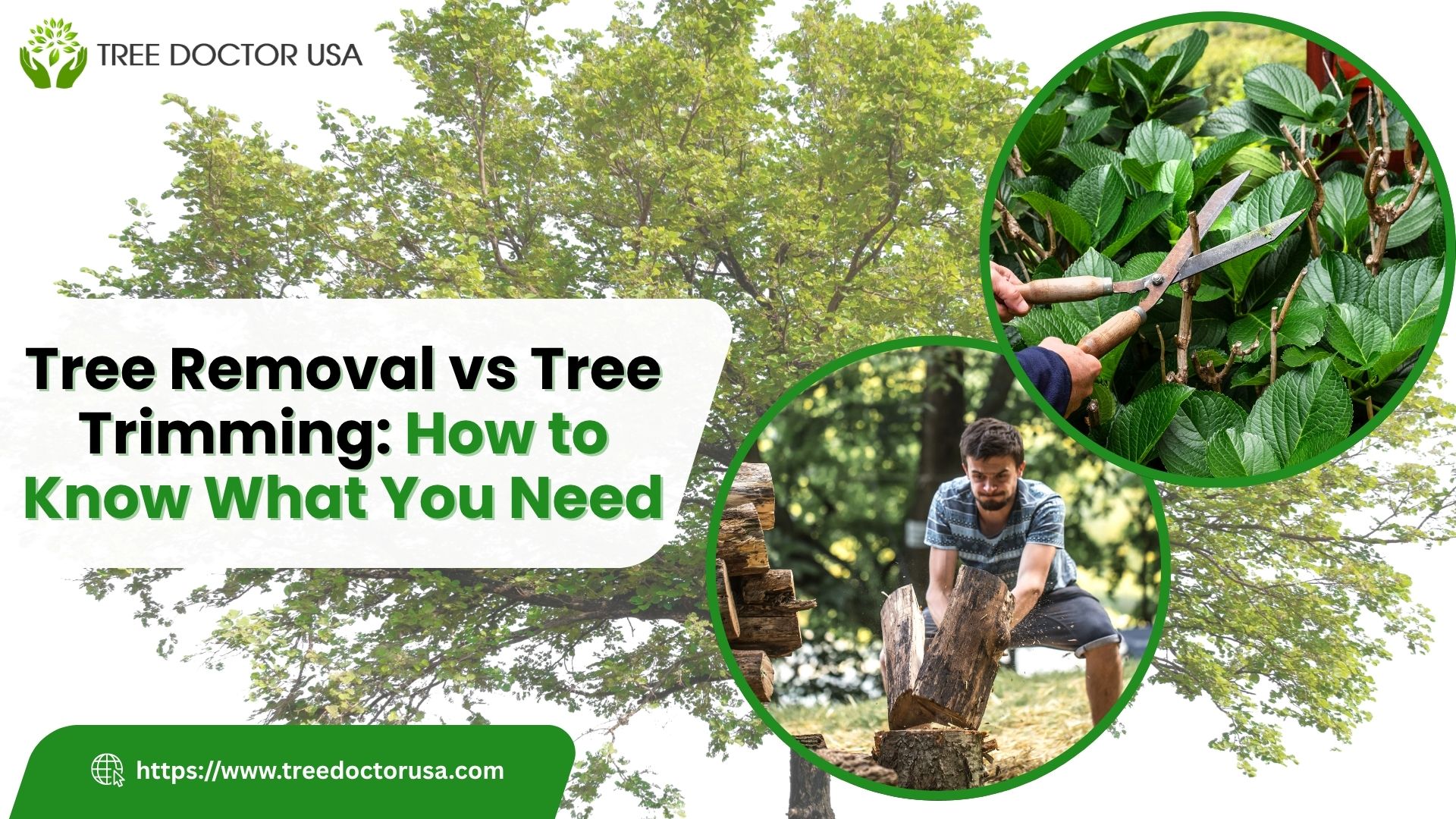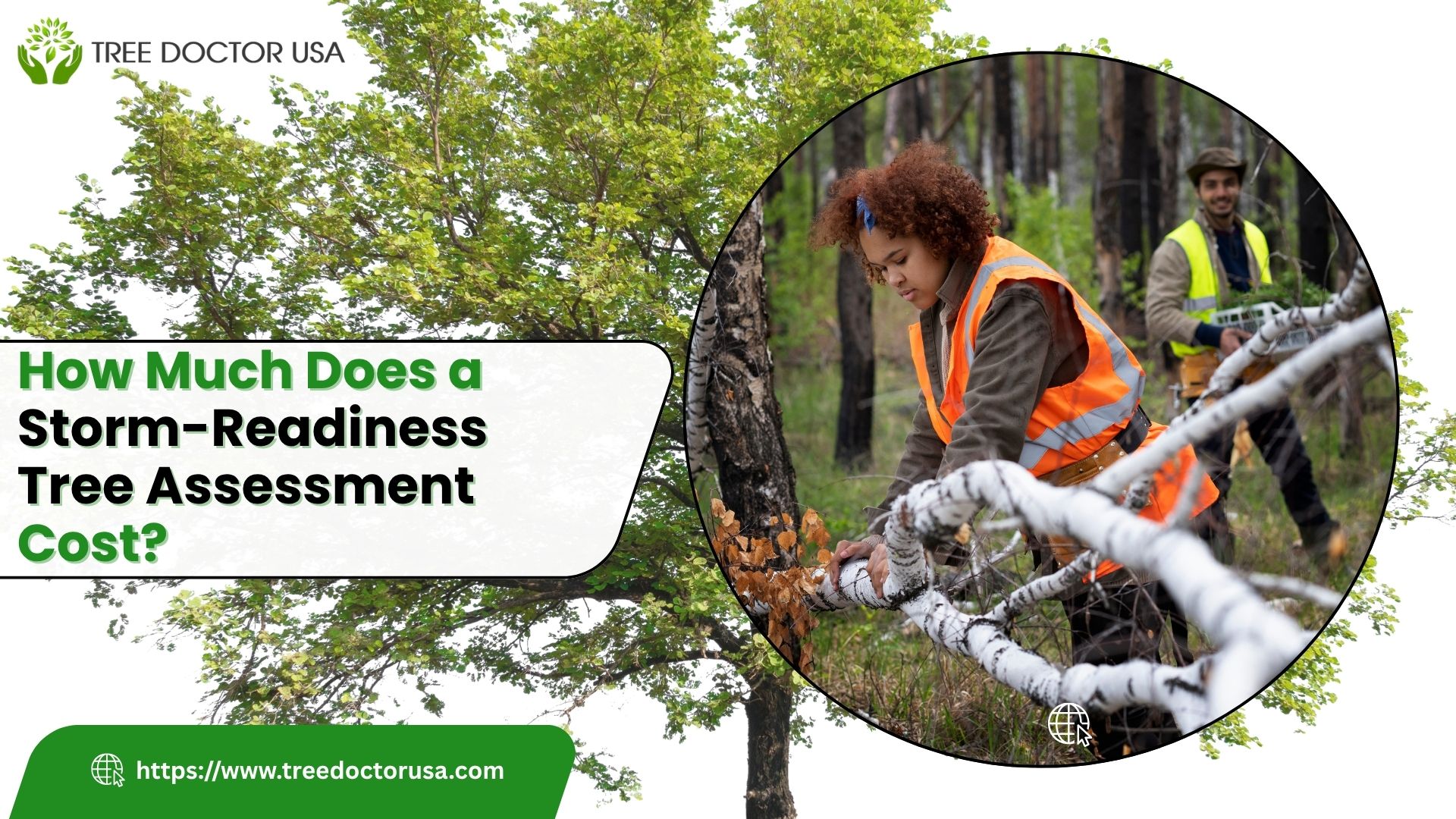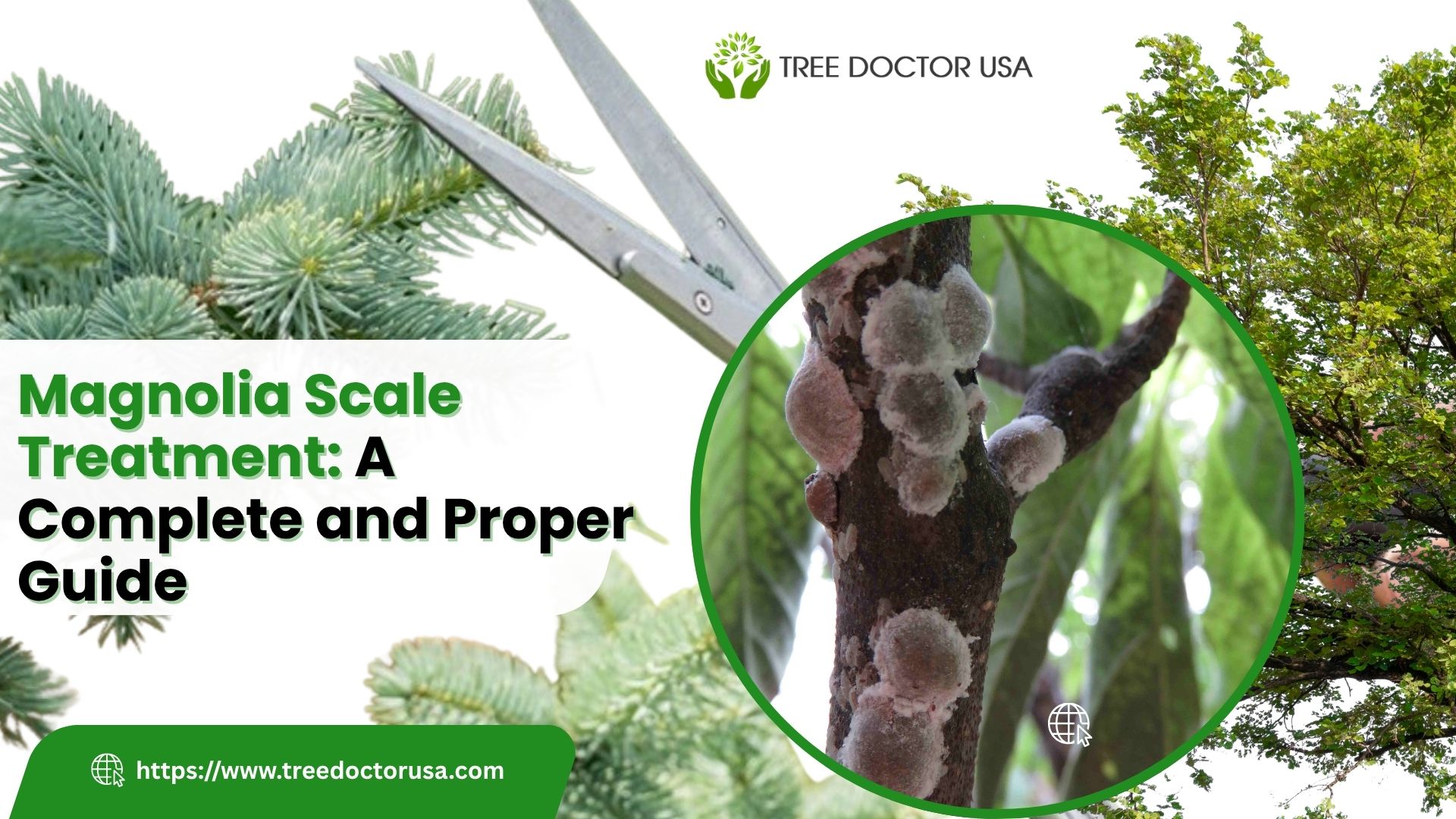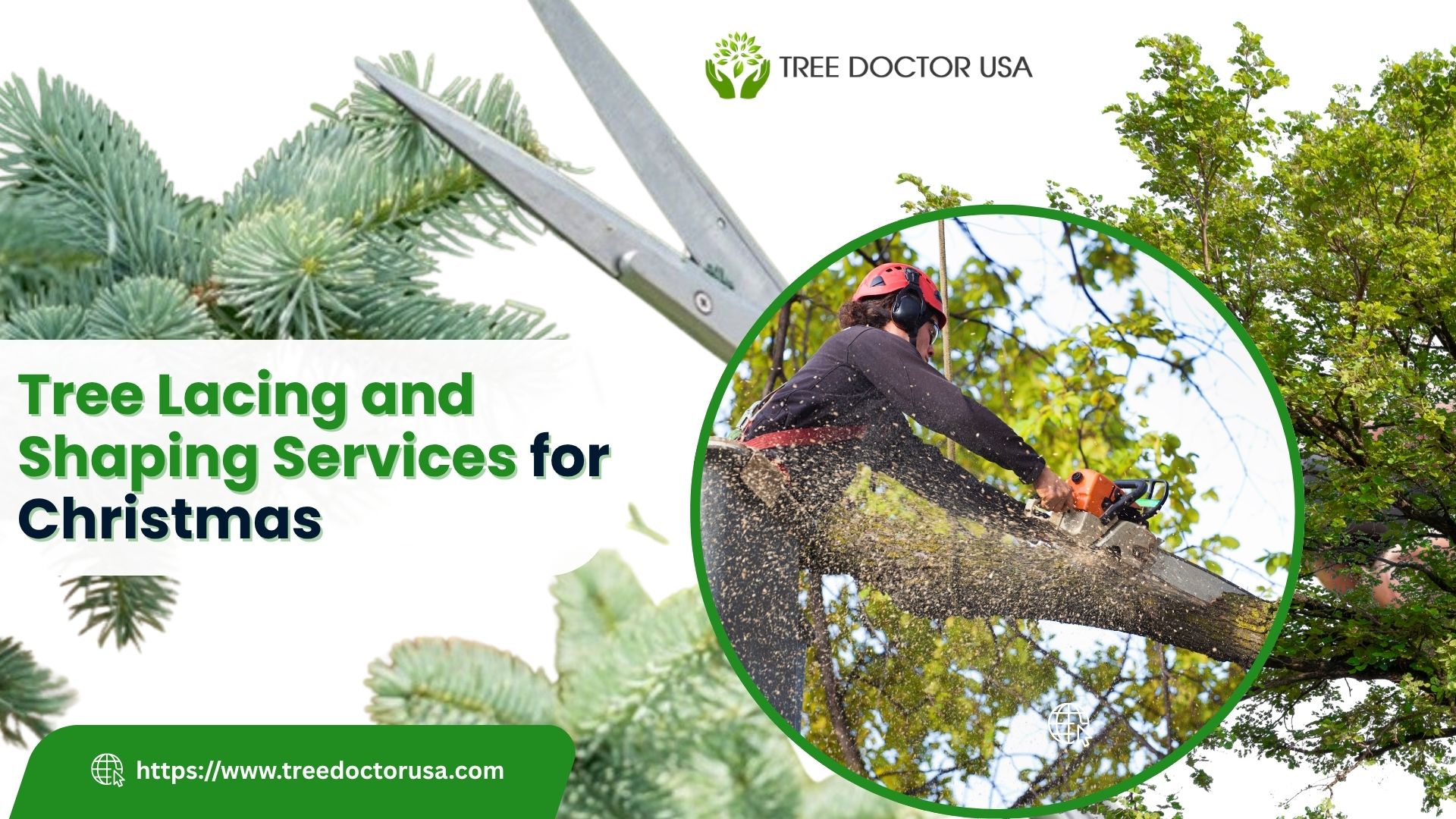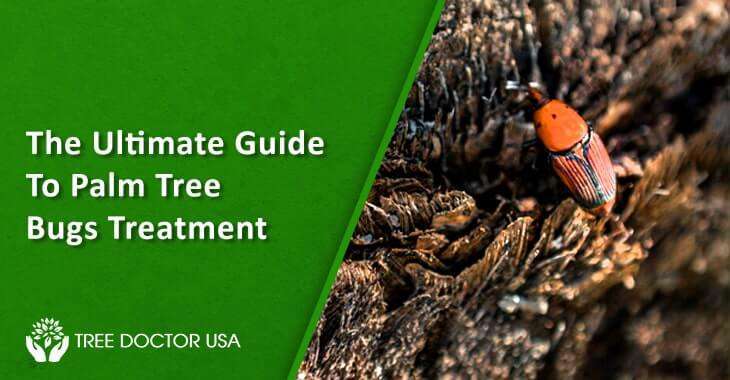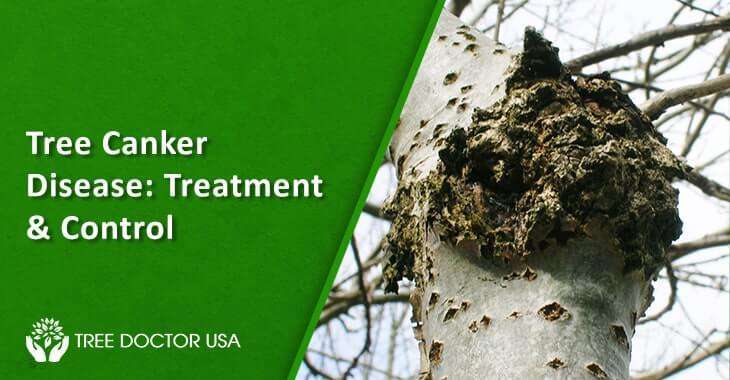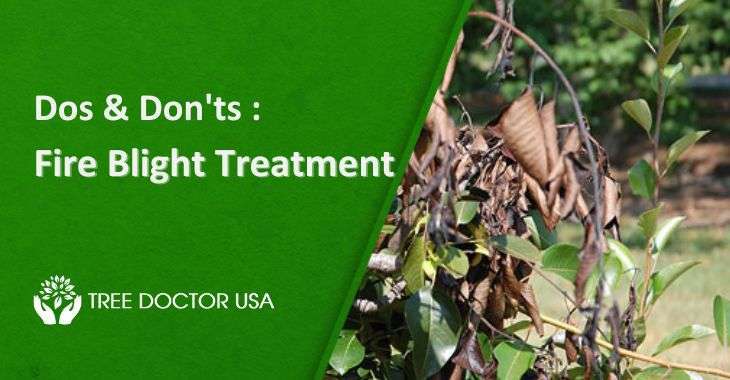Tree Removal vs. Tree Trimming: How to Know Which One You Need
Introduction
The primary distinction between tree trimming and removal is simple: one aims to preserve the tree, and the other aims to eliminate it entirely. Tree trimming, often referred to as pruning by certified professionals, is a health-focused maintenance activity. It involves the selective removal of specific branches to improve the tree’s structure, health, and appearance. Tree removal services, conversely, involve taking down the entire tree, including the trunk, for reasons ranging from terminal illness to severe safety risks.
The Proactive Approach: When to Choose Tree Trimming or Pruning
Tree trimming, or pruning, is a vital component of long-term tree care. When performed correctly, it encourages healthy growth and structural integrity, mitigating future problems before they become severe enough to require full tree removal services.
- To Promote Health and Growth: Trimming removes dead, diseased, or insect-infested branches (crown cleaning). This redirects the tree’s energy toward healthy, vital growth, preventing the spread of decay.
- For Structural Integrity: Strategic pruning, especially on young trees (structural pruning), helps develop a strong, well-balanced structure less prone to failure in high winds or storms. By thinning the canopy, professionals can reduce the “sail effect,” allowing wind to pass through the branches more easily.
- To Mitigate Minor Hazards: Trimming can be used to remove limbs overhanging roofs, driveways, or power lines (crown raising or reduction), lessening the immediate risk without sacrificing the entire tree.
- For Aesthetic Goals: Trimming can shape the tree for a more desirable look, ensure necessary clearance for structures or walkways, and improve sunlight penetration to the lawn or garden beneath.
The Necessary Solution: Indicators for Tree Removal Services
While professionals always prioritize tree stump preservation, there are situations where removal is the only safe and practical option. Recognizing hazardous tree signs early can prevent catastrophic property damage or injury.
- Terminal Health Decline: If a tree is dead or dying, with over 50% of its canopy exhibiting severe dieback or decline, recovery is unlikely, and removal is often recommended.
- Structural Instability and Decay: Signs of internal rot, such as mushrooms growing at the base, large cavities, or a hollow-sounding trunk, indicate a compromised structure that poses an extreme risk of sudden failure.
- Severe Damage: A tree that has sustained significant storm damage—such as a split trunk, major cracks, or a sudden, severe lean—is often beyond effective repair and requires tree removal services.
- Irreversible Pest or Disease Infestation: Certain diseases or insect infestations (like Emerald Ash Borer or advanced Sudden Oak Death in California tree service areas) can be terminal and necessitate removal to prevent the spread to nearby healthy trees.
- Location Conflicts: If a tree’s roots are severely damaging foundations, underground utilities, or pavement, or if the tree is growing dangerously close to power lines or homes and cannot be effectively managed with trimming, removal may be essential.
The Role of the Arborist: Why You Need an Expert Opinion
Making the call between saving a tree and removing it should never be a guess. This is where a Certified Arborist becomes indispensable. A skilled professional is trained in the science and art of tree care, capable of accurately diagnosing problems and recommending the most responsible course of action.
What to Expect from an Arborist Tree Inspection
An arborist tree inspection provides an objective, science-based assessment of your tree’s health and structural integrity. It is the crucial first step in deciding whether you need trimming or tree removal services.
- Visual Assessment: The arborist will thoroughly inspect the tree from the base of the trunk to the tips of the branches, looking for signs of disease, insect activity, deadwood, and structural defects.
- Risk Assessment: They will evaluate the tree’s potential to fail (fall apart) and the consequences of that failure, noting targets like homes, cars, or play areas. This assessment determines if the tree is a manageable risk or an immediate hazard.
- Diagnostic Testing: For complex or hidden issues, the arborist may perform advanced tests, such as drilling to check for internal decay or testing soil conditions.
- Preservation Plan or Removal Recommendation: Based on the inspection, the arborist will provide a detailed report. A healthy tree with minor issues will receive a treatment and pruning plan (often including tree trimming vs pruning techniques). A terminally diseased or structurally compromised tree will receive a recommendation for Tree Removal Services.
Determining the Right Action: Tree Trimming vs Pruning
While often used interchangeably by the public, “trimming” and “pruning” have subtle differences in the arboriculture world, which is why consulting an expert is so valuable. Both are forms of cutting, but pruning is a highly selective and scientific practice with specific health goals, while trimming often refers to a more general, uniform cutting for aesthetics. When discussing your options, be sure to ask the arborist about the specific type of tree pruning services they recommend.
- Crown Reduction: Used to reduce the overall height and spread of a tree, often for clearance or to reduce wind resistance.
- Crown Thinning: Involves selectively removing interior branches to improve light penetration and air circulation, vital for reducing disease and promoting inner growth.
- Deadwooding: The removal of all dead, dying, and broken branches, essential for safety and health.
Cost and Safety Considerations for Tree Services
The cost of tree care is a practical factor for every property owner. While it may be tempting to opt for the cheaper service, the long-term cost of neglecting a dangerous tree far outweighs the investment in professional care.
Why Professional Tree Removal Services Are an Investment
Tree removal services are typically more expensive than trimming due to the inherent risks, labor intensity, and specialized equipment required. Attempting to remove a large tree without the proper skills, insurance, and equipment is incredibly dangerous and often leads to property damage or serious injury.
- Safety and Insurance: Licensed and insured tree service companies adhere to strict safety standards, utilizing specialized rigging, climbing techniques, and sometimes cranes, ensuring the tree is dismantled safely and efficiently, especially when dealing with trees near power lines or structures.
- Equipment and Efficiency: Professionals have the tools—from powerful chainsaws to stump grinders—to complete the job thoroughly, including the often-overlooked and equally important task of tree stump removal.
- Legal Compliance: In many locations, especially in California tree service areas, you may need a permit for large tree removal. A reputable arborist will navigate these legal requirements for you.
Recognizing Hazardous Tree Signs: When Time is of the Essence
While an arborist tree inspection is always best, there are obvious hazardous tree signs that demand immediate attention. Ignoring these warnings can lead to emergency tree failure during the next storm.
Key Indicators for Emergency Tree Removal
- The Leaning Tower: A sudden or progressive lean, especially one accompanied by soil upheaval or cracking around the base, indicates a compromised root system and imminent failure.
- Trunk and Branch Cracks: Deep vertical or horizontal cracks and splits in the trunk or major limbs are clear signs of structural failure, making the tree unstable.
- Decay and Pest Evidence: Extensive fungal growth (mushrooms) at the base of the tree or sawdust-like frass and numerous borer holes on the trunk are strong indicators of severe internal decay or pest infestation.
- Root Problems: Heaving or cracked soil at the base, or damaged, rotting roots, means the tree’s primary anchor is failing.
- Deadwood Saturation: A tree with a disproportionate amount of dead branches across the entire canopy (more than 50% dead) is often a liability that should be removed by a professional.
If you observe any of these signs, don’t wait to find out do I need tree trimming or removal—you need an urgent risk assessment from a professional to mitigate a potential disaster.
Conclusion: Making the Safe and Informed Decision
Ultimately, the choice between tree trimming and tree removal services is guided by two core principles: preservation and safety. Tree trimming and pruning are essential maintenance tasks that keep healthy trees thriving, improving their structure and beauty. Tree removal is the necessary final step when a tree has become a terminal threat to property or life, often indicated by advanced decay, structural failure, or location hazards. For an accurate diagnosis and a safe execution of the required service, the expertise of a Certified Arborist is non-negotiable.
Call Us Today for a professional consultation and risk assessment to protect your property and ensure the health of your landscape.
In this area we serve Los Angeles, San Diego, San Francisco, Sacramento, and the greater California tree service region.
FAQs
A basic arborist inspection in California typically costs $100–$250, while a detailed written report ranges $150–$450. Prices depend on the number of trees and how complex the assessment is.
Major hazardous tree signs include: sudden leaning, deep trunk cracks, lots of dead branches, fungus at the base, and lifted roots. If you notice these, contact Tree Removal Services immediately.
Tree trimming is cheaper—usually a few hundred dollars. Tree removal costs more, often $400 to $2,000+, depending on the tree’s size, location, and risk level.
Often, yes. Many California cities require a tree removal permit, especially for large, healthy, or protected trees (such as certain oak species). Always confirm local rules or let your arborist check for you.
Trimming focuses on shaping and clearing branches. Pruning is more health-focused—removing dead, weak, or diseased limbs to strengthen the tree. Both help determine whether you need tree trimming or removal.

